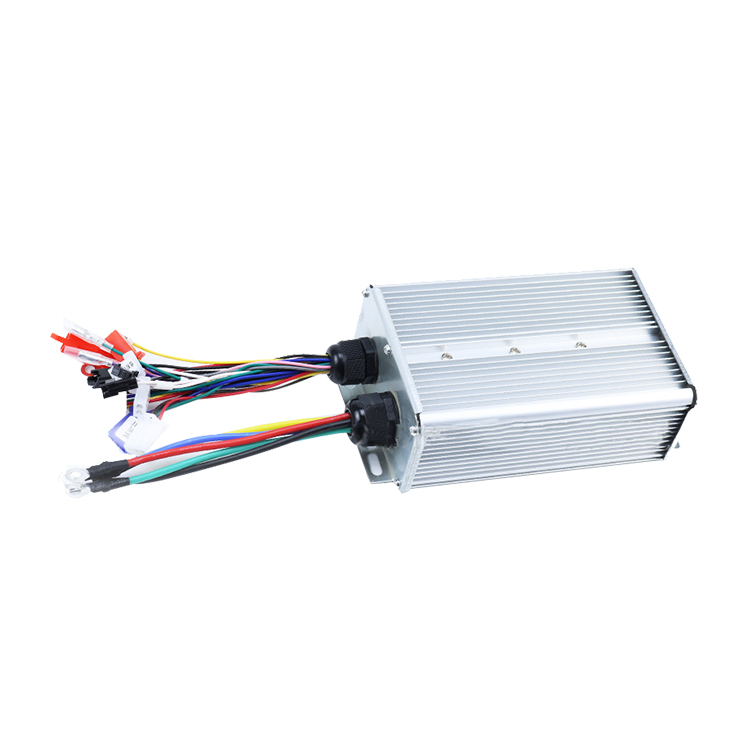In modern warehouse logistics and industrial operations, electric forklifts are favored for their low emissions, quiet operation, and energy efficiency. One of the key components responsible for these advantages is the Electric Car Forklift Motor Speed Controller. This essential part plays a central role in determining how efficiently the motor performs, how energy is consumed, and ultimately how long the forklift can operate on a single charge. But what exactly does the Electric Car Forklift Motor Speed Controller do, and how does it influence fuel—or more accurately, electrical—efficiency?

This article offers a detailed and realistic look into the function, impact, and importance of the Electric Car Forklift Motor Speed Controller in improving energy usage and optimizing the performance of electric forklifts.
What Is an Electric Car Forklift Motor Speed Controller?
The Electric Car Forklift Motor Speed Controller is an electronic device that regulates the flow of electrical current from the battery to the motor. Its primary job is to manage the speed and torque of the motor based on input from the operator, such as the throttle pedal or control lever.
Unlike internal combustion forklifts, electric forklifts rely on variable speed control to operate efficiently. The Electric Car Forklift Motor Speed Controller converts battery voltage into a form that allows the motor to respond smoothly to acceleration and deceleration demands. It interprets operator inputs and adjusts motor performance accordingly, delivering only as much power as needed.
Without a well-functioning Electric Car Forklift Motor Speed Controller, the motor could either draw too much current, wasted energy, or respond too slowly, reducing productivity and control accuracy.
How It Influences Energy Use
The Electric Car Forklift Motor Speed Controller has a direct impact on energy efficiency. By precisely controlling the motor's speed and torque, it ensures that energy is not wasted through unnecessary acceleration or overuse of power during light-duty operations.
Here's how the Electric Car Forklift Motor Speed Controller contributes to energy savings:
Current Regulation: It minimizes current draw during low-load tasks, reducing energy loss and heat generation.
Variable Speed Control: By offering smooth acceleration and deceleration, it avoids sudden surges in current that could drain the battery more quickly.
Regenerative Braking Integration: Many advanced controllers allow regenerative braking, where kinetic energy is converted back into electrical energy and returned to the battery, extending operational time.
Because of these features, forklifts with efficient Electric Car Forklift Motor Speed Controller units can operate for longer periods on a single charge, reducing the need for frequent battery replacements or recharging.
Adapting to Different Load Conditions
One of the strengths of a quality Electric Car Forklift Motor Speed Controller is its adaptability to changing load conditions. For example, lifting a full pallet requires more torque than moving the forklift empty. The controller adjusts motor output in real time, ensuring that power delivery is matched to the workload.
This ability to optimize power under varying conditions plays a key role in maintaining energy efficiency. Instead of running the motor at full power at all times, the Electric Car Forklift Motor Speed Controller ensures that only the required amount of energy is used, conserving battery life and improving long-term efficiency.